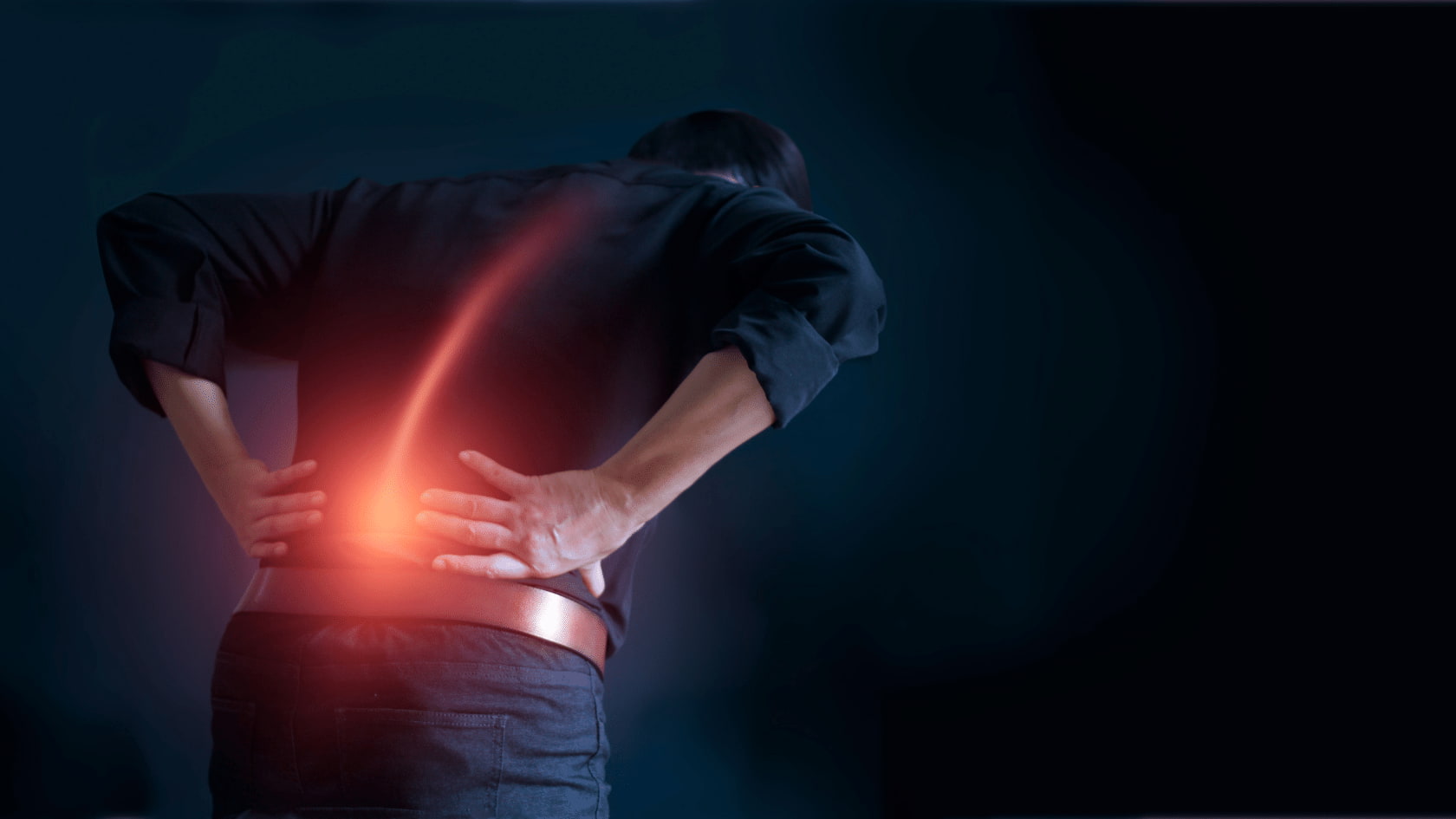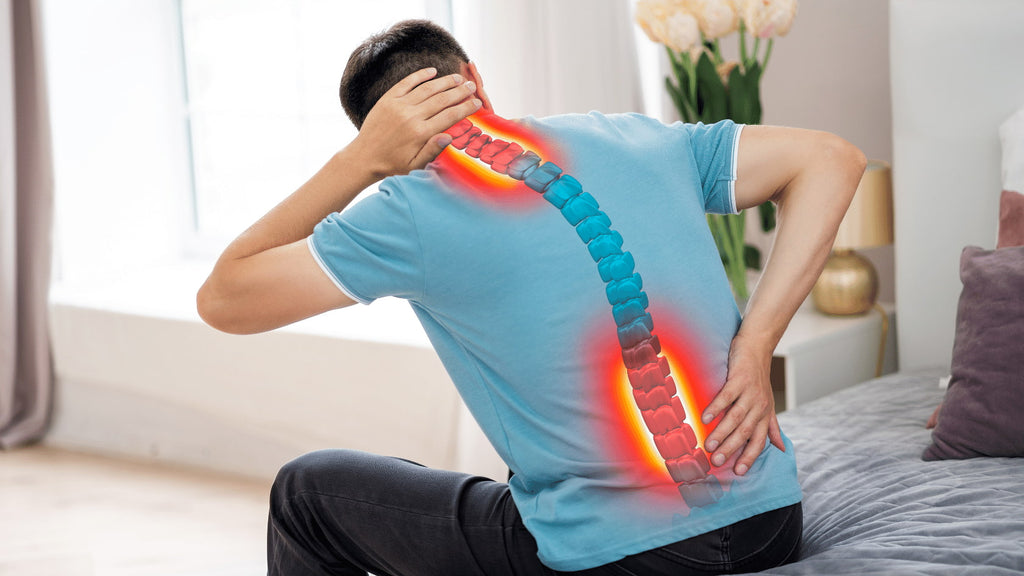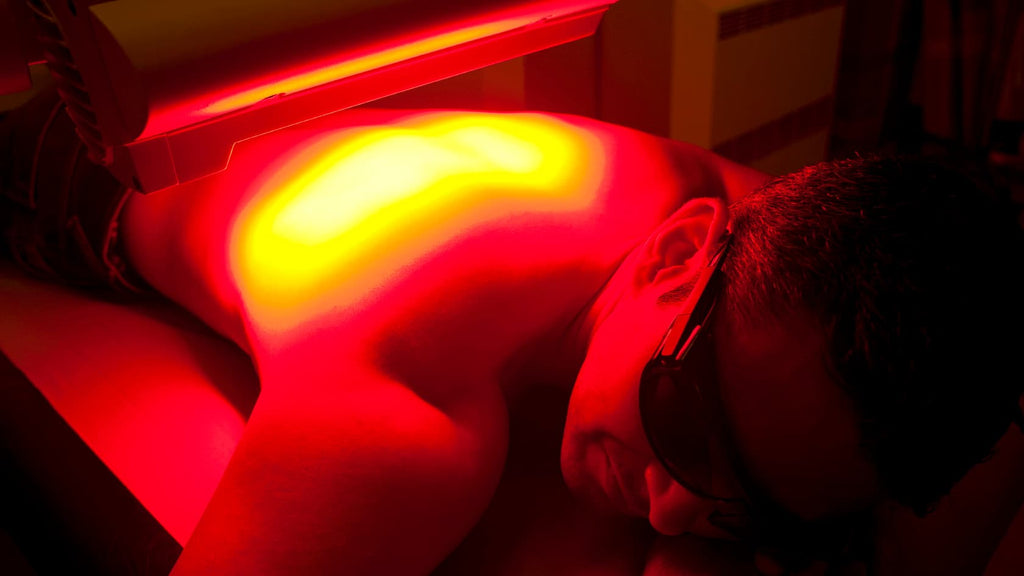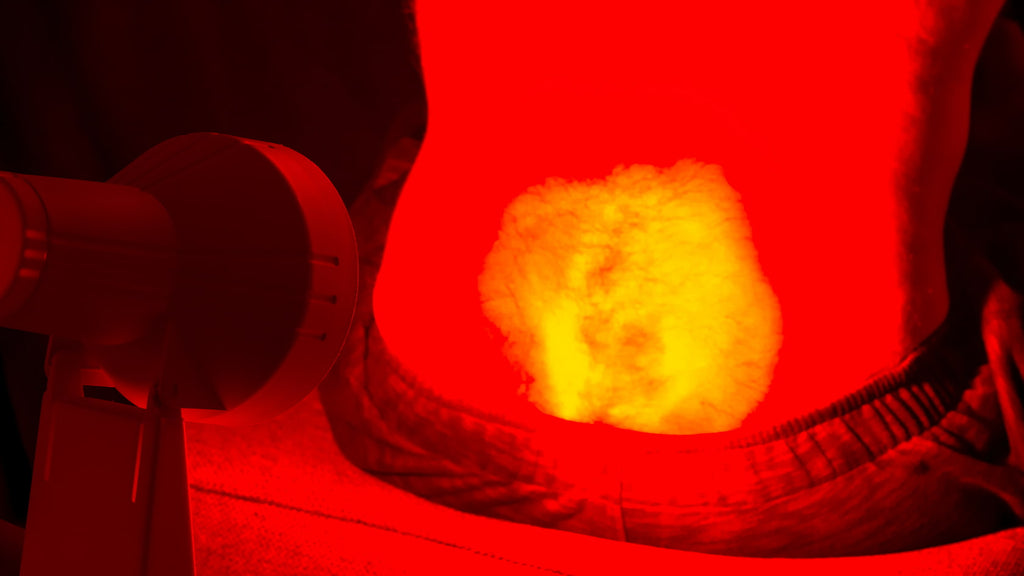888-963-9454
Mon-Sun: 9am-5pm CST
888-963-9454
Mon-Sun: 9am-5pm CST

Back pain can shadow your daily life, turning every movement into a challenge. But what if there was a gentle, effective way to illuminate the path to relief? Enter Red Light Therapy for Back Pain, a groundbreaking approach that's casting a warm glow on the way we treat discomfort.
This innovative therapy uses wavelengths of red light to penetrate deep into tissues, soothing pain and kickstarting the body's healing processes. It's not just about temporary relief; it's about nurturing long-term healing from the inside out.
In this article, we'll dive into the science behind Red Light Therapy for Back Pain, exploring its benefits and effectiveness. Whether you're a long-time sufferer or looking for preventative measures, this therapy might just be the ray of hope you've been searching for.
So, let's shed some light on how you can reclaim your comfort and mobility.

Back pain is a common condition that affects many people. It can be caused by a variety of factors, including poor posture, muscle strain, or injury. Understanding the symptoms and common causes of back pain can help you manage the condition more effectively.
Back pain can manifest in different ways, depending on the underlying cause. Some common symptoms of back pain include:
If you experience any of these symptoms, it is important to seek medical attention to determine the cause of your back pain.
Many factors can contribute to back pain. Some of the most common causes include:
Other factors that can contribute to back pain include obesity, smoking, and a sedentary lifestyle.
Understanding the causes and symptoms of back pain can help you manage the condition more effectively. Red light therapy is a promising treatment option for back pain, and can help alleviate pain and inflammation in the affected area.
If you are suffering from back pain, you may be interested in trying red light therapy as a non-invasive treatment option. Red light therapy is a form of phototherapy that uses low-level red or near-infrared light to stimulate cellular repair and reduce inflammation. Here are some things to consider when using red light therapy for back pain relief.
Read relater articles:
Studies have shown that red light therapy can be effective in reducing pain and inflammation associated with back pain. A study published in the Journal of Clinical and Diagnostic Research found that red light therapy was effective in reducing pain and disability in patients with chronic low back pain. Another study published in the Journal of Musculoskeletal Pain found that red light therapy effectively reduced pain and improved function in patients with lumbar disc herniation.
There have been several case studies and research findings that suggest red light therapy may be an effective treatment option for back pain. For example, a case study published in the Journal of Back and Musculoskeletal Rehabilitation found that red light therapy effectively reduced pain and improved function in a patient with lumbar disc herniation. Another case study published in the Journal of Physical Therapy Science found that red light therapy effectively reduced pain and improved function in a patient with lumbar spinal stenosis.
When compared to other treatments for back pain, red light therapy has several advantages. Unlike medications, red light therapy does not have any side effects or risks associated with long-term use. Additionally, red light therapy is non-invasive and does not require any surgery or injections. However, it is important to note that red light therapy may not be effective for all types of back pain. It is always best to consult with a healthcare professional to determine the best treatment option for your specific condition.

If you're looking for a natural and non-invasive way to reduce your back pain, then red light therapy might be worth considering. Red light therapy, also known as low-level laser therapy, uses red light wavelengths to penetrate the skin and promote healing in the affected area.
Here's how you can use red light therapy to alleviate your back pain:
Before you start using red light therapy, it's important to choose the right device for your needs. There are a variety of devices available, including handheld devices, full-body panels, and even light therapy beds. Here are some factors to consider when choosing a device:
Once you have chosen the right device, you can start using red light therapy to reduce your back pain.
To use red light therapy for back pain, follow these steps:
Red light therapy is not a one-time solution for back pain, so you should use the device regularly over a period of several weeks or months to see the best results. Also, make sure to talk to your doctor before starting any new treatment for your back pain.

If you're suffering from back pain, red light therapy may be a viable treatment option. Here are some benefits of red light therapy for back pain:
Red light therapy is generally considered safe and well-tolerated. However, some people may experience mild side effects such as:
Although red light therapy is generally safe, certain groups of people should avoid or use it with caution. These include:
Check our collection of Best Recliners for Back Pain.
Yes, red light therapy can be effective in reducing back pain. Several controlled trials have shown that red light therapy can help alleviate pain in the lower back. The therapy works by stimulating the production of ATP, which provides energy to the cells in your body. This, in turn, helps to reduce inflammation and promote healing.
Red light therapy should not be used on areas of the body that are cancerous or suspected of being cancerous. It is also not recommended for use on the eyes, as it can cause damage to the retina. If you are pregnant, you should consult your doctor before using red light therapy.
The length of time it takes for red light therapy to work for pain can vary depending on the individual and the severity of the pain. However, most people report feeling relief after just a few sessions. It is important to note that consistency is key when it comes to red light therapy. Regular, frequent sessions are more effective than longer, less frequent sessions.
Red light therapy uses light-emitting diodes (LEDs) to emit red and near-infrared light. These wavelengths of light penetrate the skin to a depth of 8-10mm, where they are absorbed by the cells in your body. This stimulates the production of ATP, which helps to reduce inflammation and promote healing.
The frequency of red light therapy sessions for pain can vary depending on the individual and the severity of the pain. However, as a general rule, aim to keep your daily therapy sessions to 30 minutes or less. Shorter, consistent sessions have shown the most success. It is also important to note that regularity is more important than longer session times.
The information in the Website is provided “as is” and for general information only. It is not intended as medical advice and should not be relied upon as a substitute for professional consultation with a qualified healthcare provider familiar with your individual medical needs.